Baza is a Mediaval town of National Historic Interest, gateway to the Sierra de Baza and within the Geoparque Granada project
By Nick Nutter | Updated 12 Apr 2023 | Granada | Villages |
Login to add to YOUR Favourites or Read Later
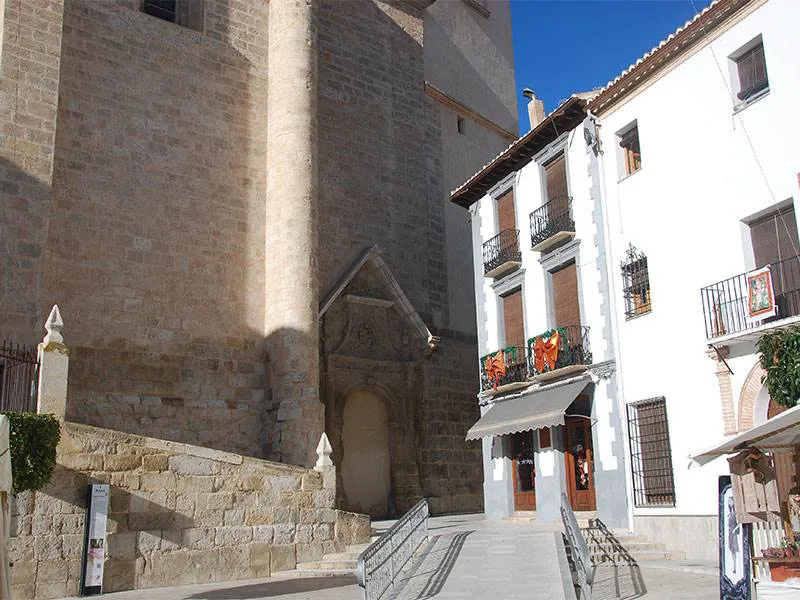
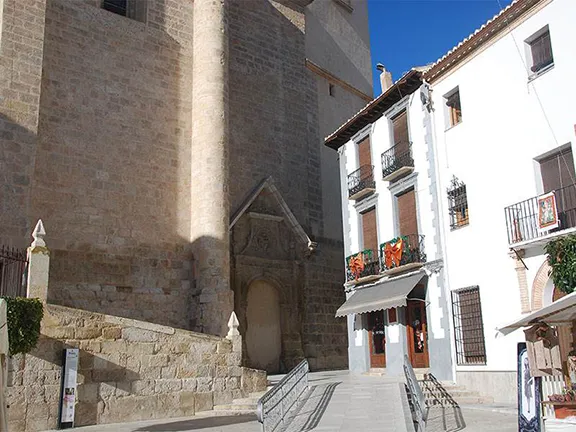
Plaza Mayor
Until 2003, the small town of Baza, in the eastern part of Granada province was a sleepy place. Its population was about 21,500, less than half of the population during Muslim times. Its residents depended on farming and agriculture - as they had since Neolithic times. The inhabitants were well aware that the town was surrounded by ancient archaeological sites dating back to before the Iberian period, and that the town was named after one of those sites, Basti, that lies 2 kilometres east of the current town. So, what happened in 2003?
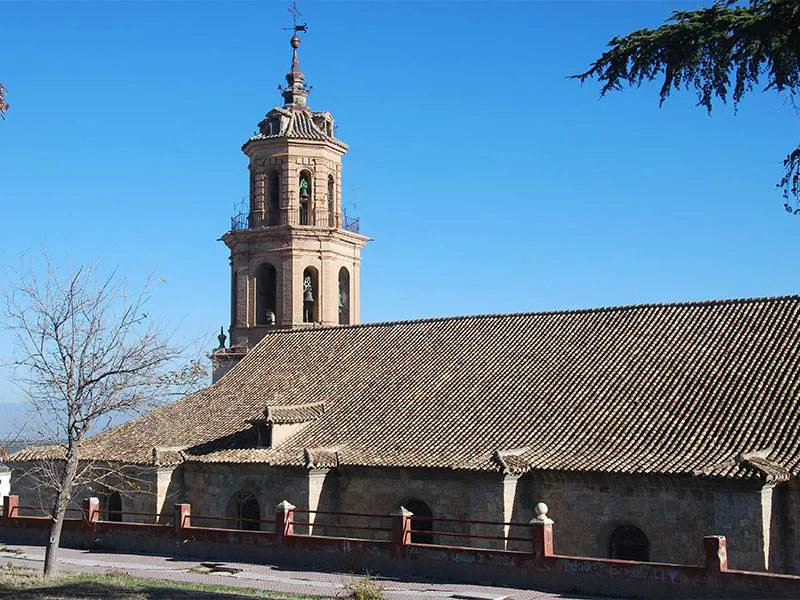
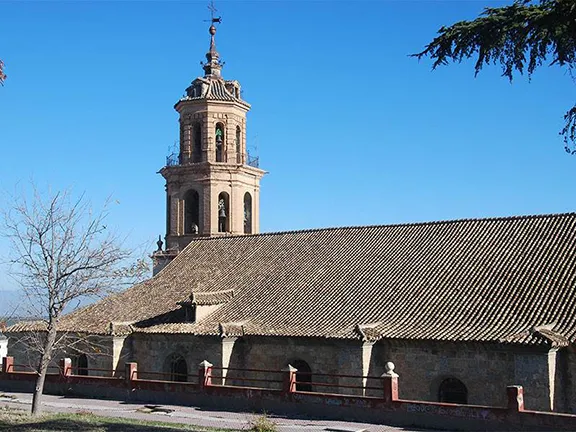
View from the Alcazaba
In 2003, Baza was named a town of National Historic Interest due to the number of important archaeological sites in the area and the finds made in them. The most important of these finds is the ‘Lady of Baza’. She was found in 1971, in an Iberian cemetery on a small hill adjacent to the Ibero-Roman settlement of Basti. Between 1971 and the end of the 20th century more finds were made that led to an awareness that Baza was a more important town in antiquity than it is today. Basti was the focal settlement for the Bastetani tribe that occupied eastern Andalucia.
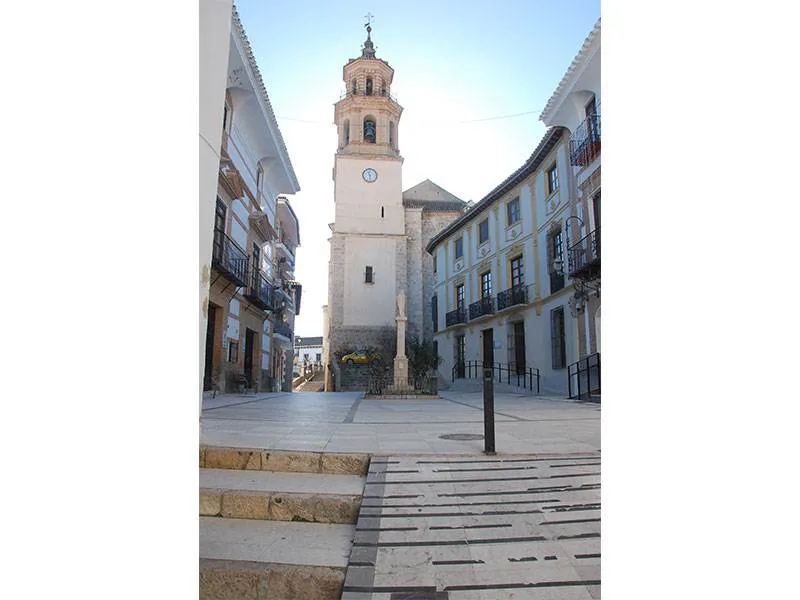
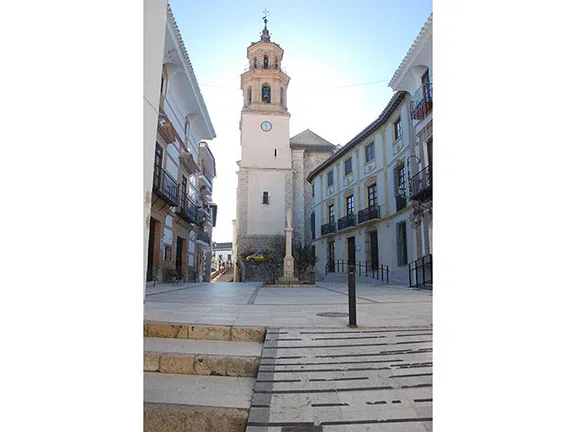
Church Tower
A modern museum opened in 1989 to showcase the history of the area. It is built into the back of the 16th century, Renaissance style, city hall. From the front, you see the only example of a Renaissance City Hall in the province of Granada, at the rear, a brick, concrete and glass, late 20th-century entrance to the museum and tourist office.
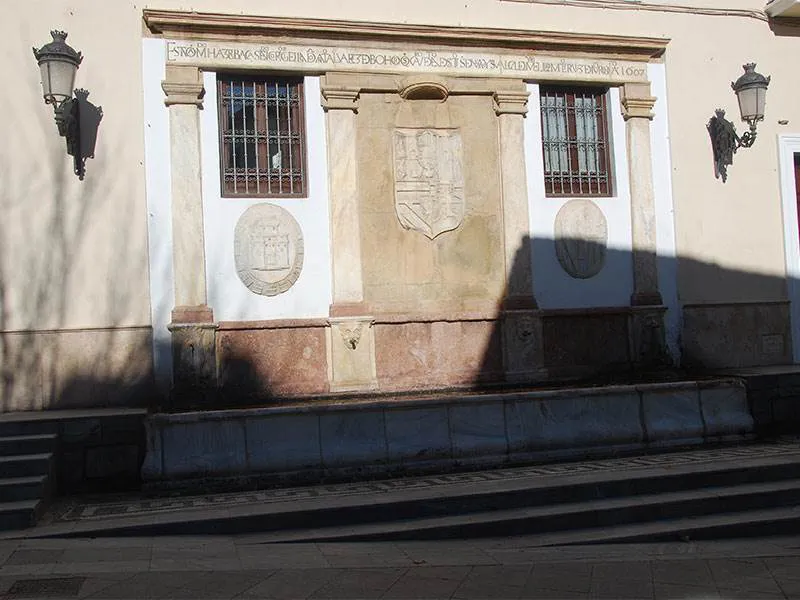
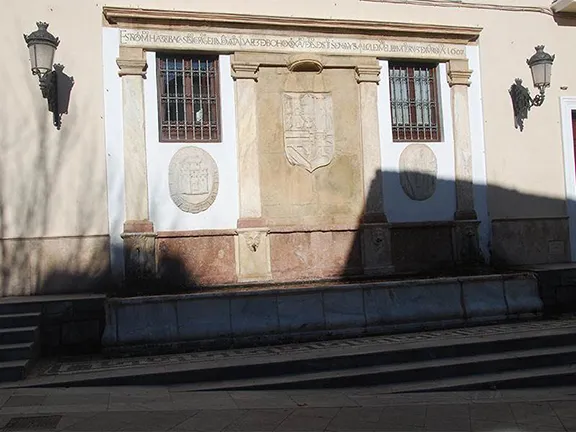
Golden Fountain
Until the later years of the 20th century, excavations had been made sporadically within the municipality of Baza when interest and money allowed. Very little work had been done in the town itself. Neither had there been any great attempt to reconstruct or renovate the older part of town. As a result, the oldest part of town appears much as it would have been in Mediaeval times; narrow unlit streets, overhanging balconies and a general air of dilapidation. Due to the town’s sudden status, informative plaques are appearing on walls beside buildings of particular interest.
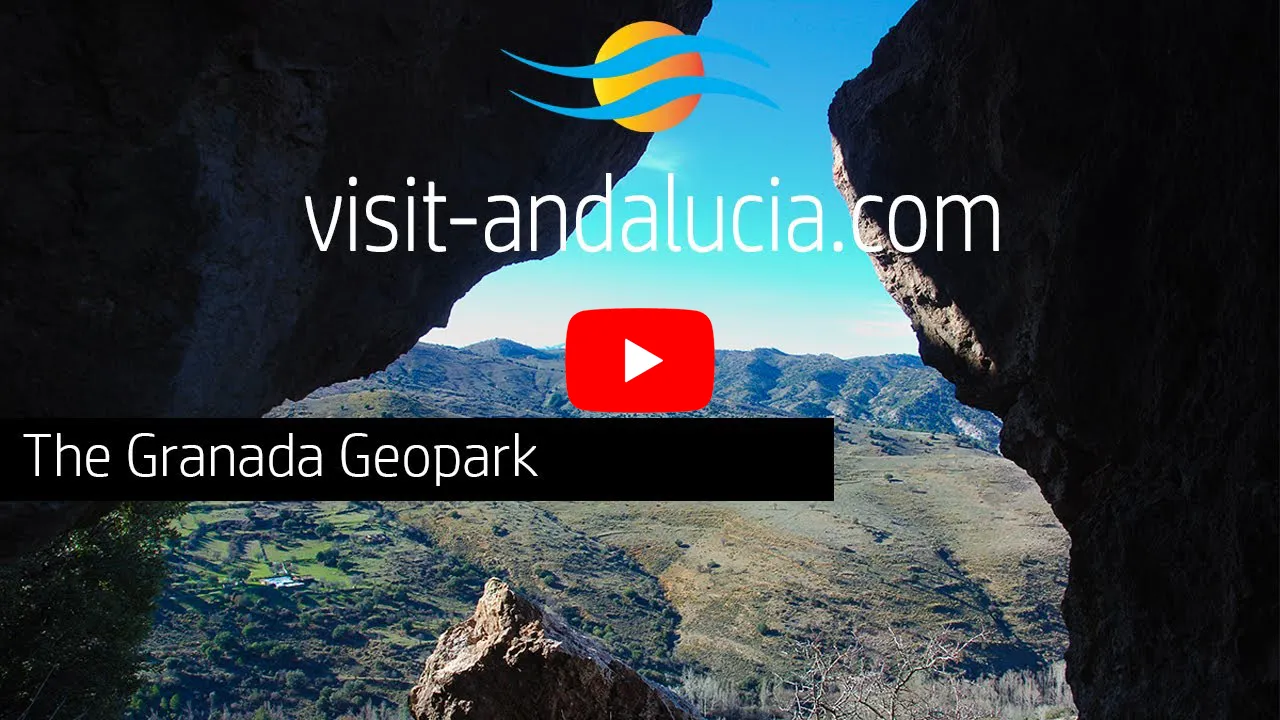
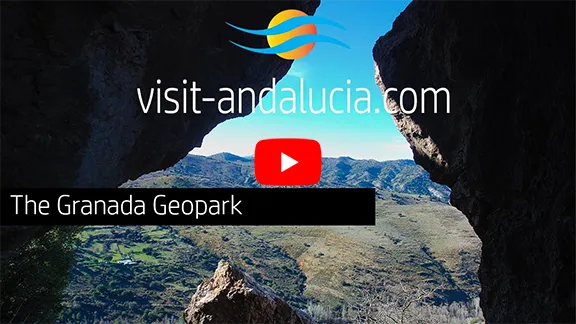
Video By: Julie Evans
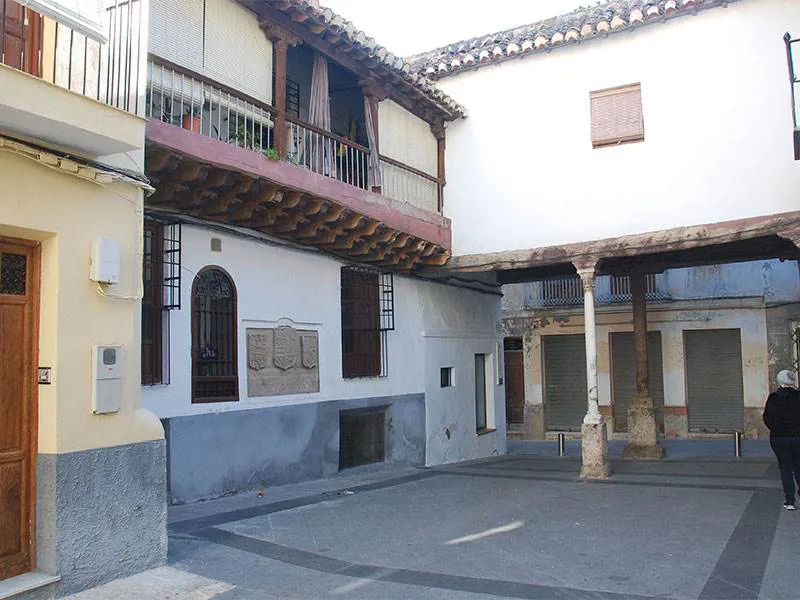
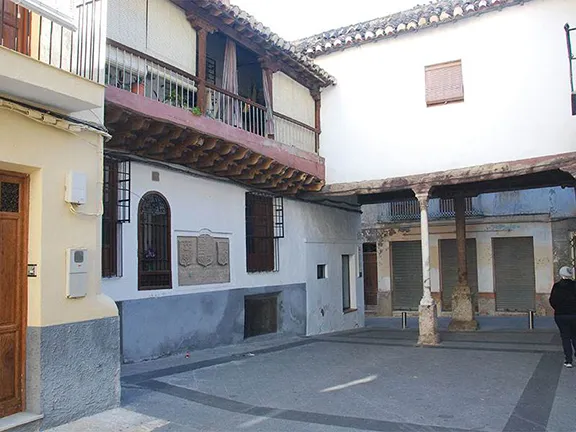
Mediaeval slaughterhouse
My favourite plaque is the one outside of what was the Mediaeval slaughterhouse. It explains that the 16th century, Mudejar, slaughterhouse was placed just outside the walls of the Alcazaba so as not to inflict noxious aromas on the Muslim hierarchy of the town and next to a stream that carried away all the blood. The building is interesting as well, a courtyard with a balconied first floor for storage rooms, supported on wooden posts that are probably the originals.
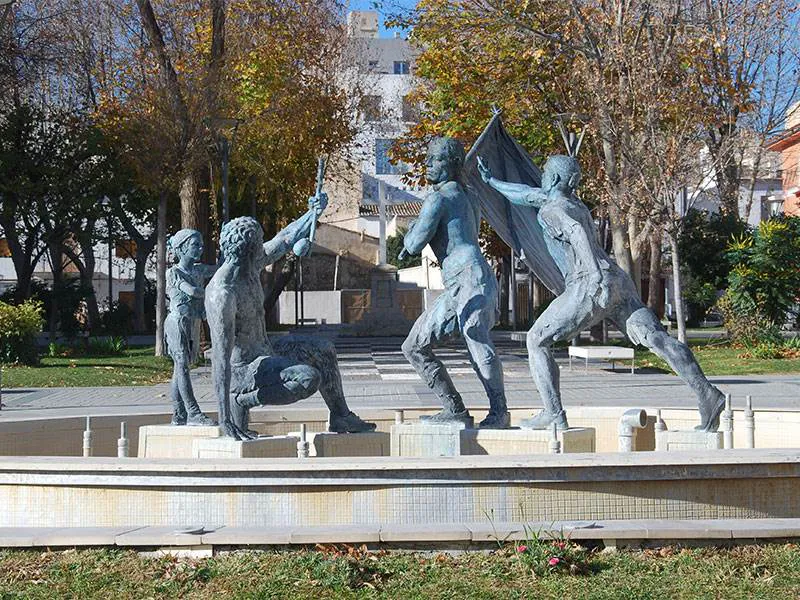
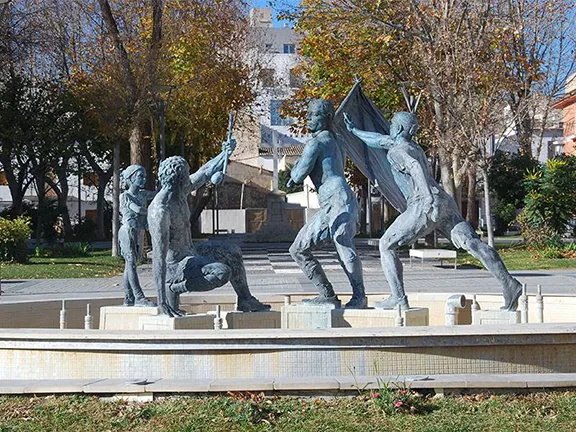
Plaza de los Eros
Of the aforementioned Alcazabar, nothing now remains. A street sign indicates the route to the former Moorish fortress. After toiling up the steps of several streets you will reach a bare concrete and tile plateaux, obviously used as a late-night drinking spot, with great views over the town, but no Alcazaba. A short stretch of arched cloister in one corner stands bereft and is hard to place in any historical context.
However, the 13th century Arab Baths are very real, and in good condition; as is the town fountain. Called the Fuente de Los Canos Durados, (Fountain of Golden Spouts), it was built in the early 17th century to slake the thirst of animals herded to the town by merchants, presumably on their way to the slaughterhouse. Its golden spouts still pour water into the trough.
A quick tour of the palaces and churches reveals that none date back before the 16th century; after the reconquest. The 16th century Iglesia de San Juan is built on an old mosque, the 16th century Iglesia Mayor is on the site of the Aljama mosque, and the Iglesia Plaza de la Santiago, a beautiful example of Granadine Mudejar art, is built on the mosque that served the district of Marcuela.
So, it appears that the present town of Baza is not as ancient as may be thought.
Historical research revealed that the pre-Moorish settlement sites outside of the town were abandoned in the 13th century AD, and the inhabitants moved to the new town of Baza.
This move coincides with a period of unrest in Al-Andalus. In the middle of the 13th century, the Moorish leader Ibn al-Alhamar, lord of Arjona, seized the towns of Jaén, Baza (1234) and Guadix, and proclaimed himself king. Five years later the Nasrid kingdom of Granada was formed.
Within the new town of Baza, the Alcazaba is the oldest part of the town followed by three mosques, a bathhouse and habitations for the Muslim, Jewish and Christian inhabitants of the town. Baza rapidly established itself as an important market town on the ancient road between western and northern Andalucia and the ports of Almeria and Cartagena. By the 14th century, the population had reached 50, 000.
Apart from a brief period after 1375, the town remained in Moorish hands until 1489, when, after a seven-month siege, it was retaken by Christian forces led by Isabel I. The formidable walls of the town included sixteen towers, each with its own garrison that could be used to re-enforce the troops on parts of the walls threatened by the besieging force. Some cannon used during the siege are preserved in the Alameda Gardens.
Although unexciting, Baza is a pleasant town and an excellent centre from which to explore the area. Apart from the ancient settlements already mentioned, Baza is a gateway to the beautiful Sierra de Baza. The town is also at the southern edge of the Geoparque Granada, an area that illustrates the history, geography and geology of the Baza depression over the last 300 million years or so. Enough to keep anybody active for a few days.
A geoparque (geopark or geoparc) is a well-defined territory, home to a valuable natural geological heritage. The most important parts of a geoparque, due to their scientific, aesthetic, or educational value, are called geosites.
In the north of Granada, surrounded by some of the tallest mountains of the Iberian peninsula, what we know today as the Basin of Guadix or the Guadix - Baza depression or basin was, for 5 million years, a lake with no outlet to the sea. Sediments, brought down by the mountain streams, were deposited in the basin in horizontal sheets. 500,000 years ago the basin drained to the west and new streams carved out the canyons, ravines and badlands that characterise the area, the most southerly desert in Europe, today.
Baza is a geosite due to the modern museum and the number of archaeological sites in the area, including the Ibero-Roman fortified town of Basti.